
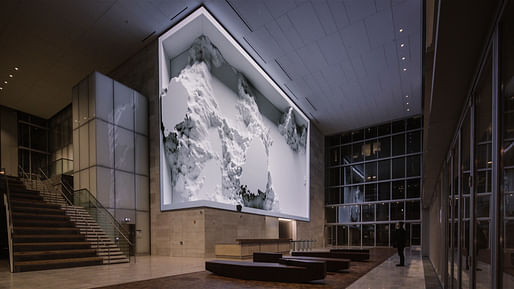
The first permanent publicly-viewable artwork by Refik Anadol, a media artist known for his immersive, site-specific light installations, was recently unveiled in San Francisco. Virtual Depictions: San Francisco, a series of "data sculptures" based on a publicly-available dataset, occupies a 40 ft. screen in the lobby of 350 Mission and involved collaborations with the building's architects, Skidmore, Owings and Merill, and developer, Kilroy Realty.
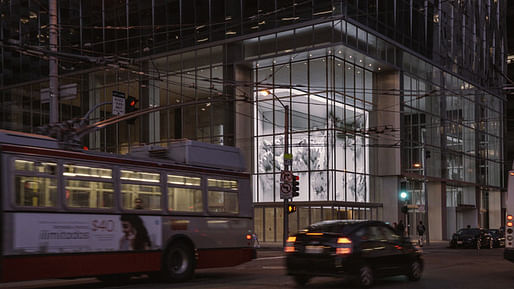

"The ambient qualities of urban ecologies, as we as civilizations create them in specific geographic locations, are coming to the forefront of cultural production," Anadol told Archinect. "With the advent of digital media and environmental consciousness we now are able, more so than any at other point in human history, to access the formal qualities of the ambient environment in terms of the built, social and natural environments."
"Through sensors, databases, and visualization we can collect information on the real-time dynamics of cities: sound, light, air quality, acoustics, human movement, ecological dimensions, social preferences, and their multiplicity of interactions," he continued.

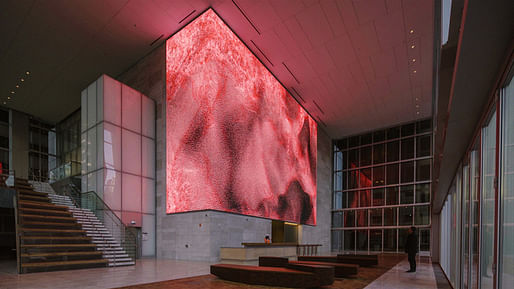
Anadol considers his access to the data set a "critical turning point" in the development of the project. Titled, fittingly, SF Data, the platform was launched in 2009 and contains a wealth of information available for developers, residents, architects, and anyone else with an interest.
"Bringing intelligence, memory and culture into architectural domain, now, we can discuss self-generated spaces," he said. "A space that adapts itself autonomously or even may fabricate itself by using current technologies."
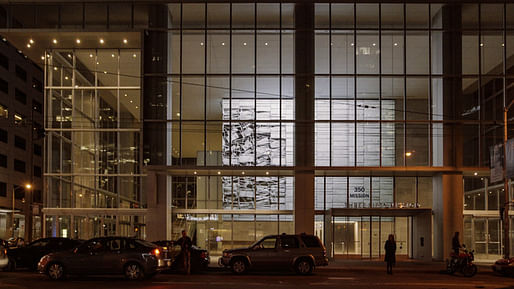
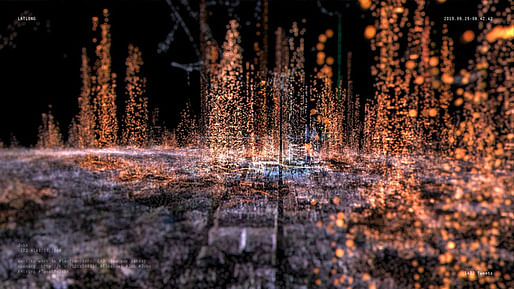
The installation uses the public dataset, as well as social network data, as the basis for the shifting, architecture-specific visuals. Often, this materializes as trompe-l'œil illusions that play with the depth of the screen.
Notably, 350 Mission is adjacent to the site of the new Transbay Transit and Caltrain’s Downtown Extension. For Anadol, the project will be enlivened when the transit hub will bring more visitors, furthering its potential as a publicly-viewable, if privately-held, work.


His work shares a space with Salesforce, a "customer relations management software." According to SOM's website, the lobby was intended to be an "urban living room." It is slated to house a cafe and restaurant.
"My main artistic approach was to create a dynamic, fluid visual experience to compliment the architecture of the building and engage the public in a brand new way," Anadol stated.
Related coverage:
1 Comment
One of the projects I did a lot of Revit Modeling on - the lobby and the stair to the left
Block this user
Are you sure you want to block this user and hide all related comments throughout the site?
Archinect
This is your first comment on Archinect. Your comment will be visible once approved.